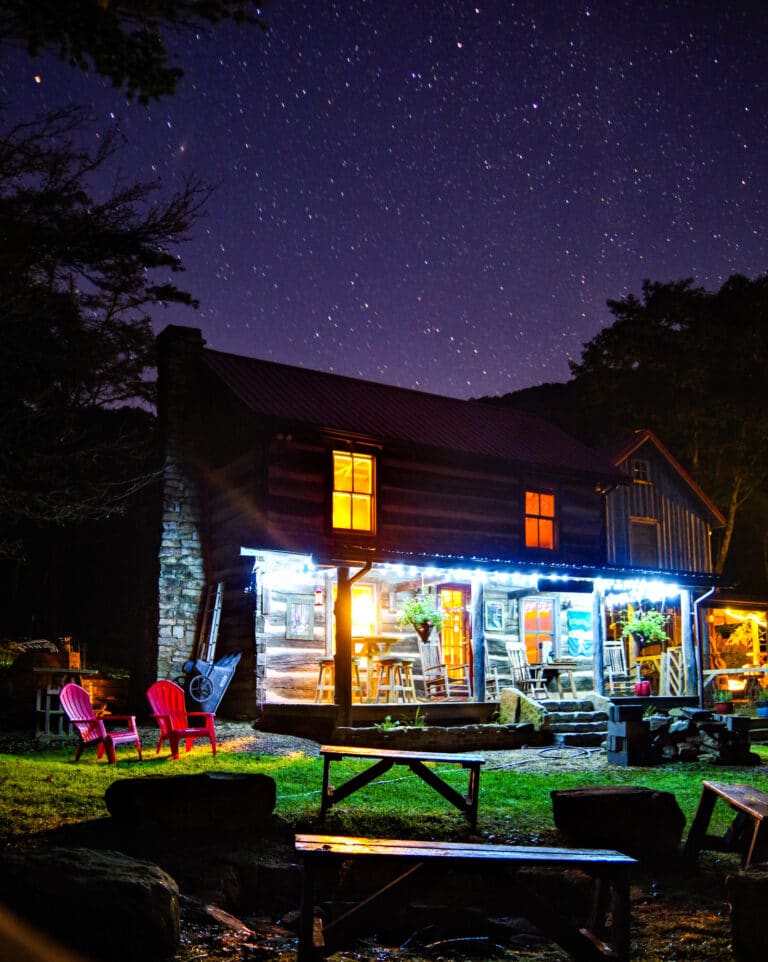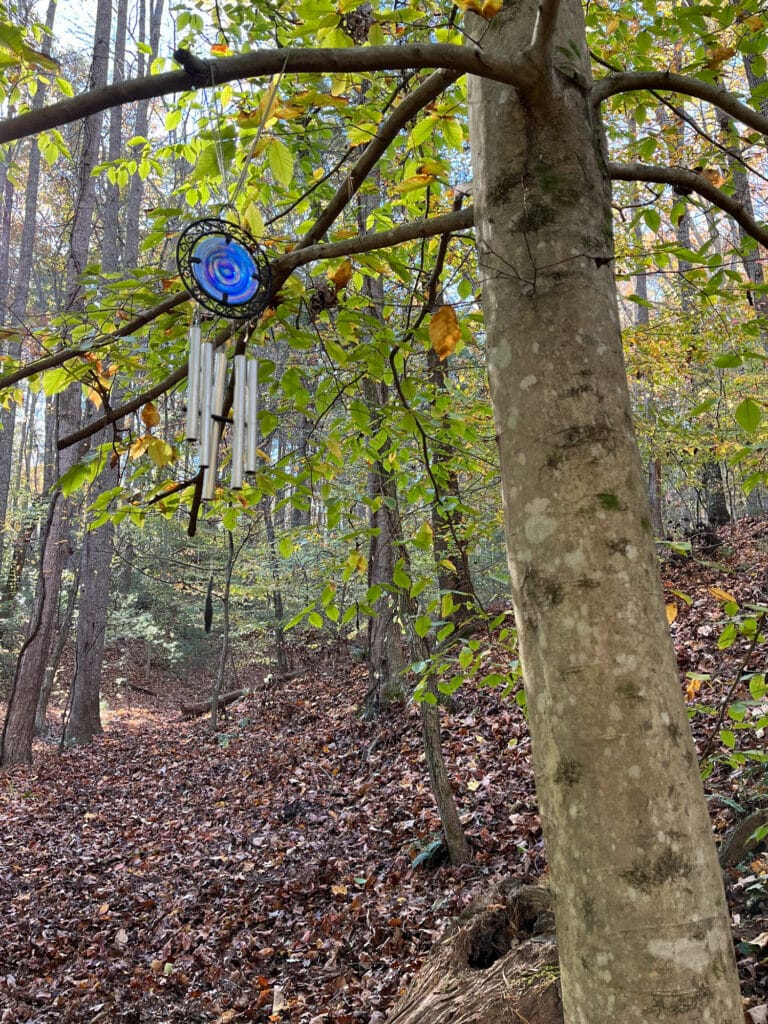
What, you mean you can’t quit your job and spend six months hiking the Appalachian Trail from end to end? You’re not alone. Most people can’t upend their lives for a really, really long backpacking trip. Instead, they attack the A.T. in sections, knocking off precious miles year after year until they become official 2,175 milers. It may take them 20 years to walk from Springer to Katahdin, but they get the job done. And yet, in some thru-hiking circles, “section hiking” is considered second rate. Some have even suggested differentiating between a section hike thru-hike and a “true” thru-hike. Here to outline the pros and cons of section hiking is Tripp Clark, who has spent the last eight years knocking out chunks of the A.T. To date, he’s almost halfway through, having walked from Springer to Loft Mountain Campground in the Shenandoah National Park, ticking off roughly 880 miles of the A.T. in bits and pieces.
Pro:
Section hiking offers an option for the rest of us. The majority of folks can’t take months off to do a thru-hike. The only time they can put their life and obligations on hold for five or six months is after school or dur-ing retirement. There’s also the finan-cial challenge of thru-hiking-not just the $5,000 that folks estimate a thru-hike will cost, but the opportunity cost of five to six months with no income. It’s unrealistic for the majority of us.
Pro: Section hikers can research an area more thoroughly and plan for any particular challenges that a sec-tion offers.
Pro: I don’t need to be concerned with re-supplies for food or batteries.
Pro: I can tweak and refine my gear and methods from one trip to the next. I doubt there is even a single piece of gear that I carried on my first trip in 2000 that I still carry today. I get to constantly try new things and improve what I carry and what I do. I started out with boots; now I wear trail runners. I started with a tent; now I use a hammock. I started with a rain suit; now I carry an umbrella.
Con: I have to continually focus on the complicated task of coordinating transportation to and from the trail.
This is the toughest part of section hiking. It gets more complicated and more expensive the farther north I go.
Con: The inability to reach peak condition or get my “trail legs” when I’m only out for a few days at time. While a thru-hiker benefits from getting into good hiking condition after a few days or weeks on the trail, a section hiker most often starts each hike from “zero” and often does not reach that peak performance level that
comes from many days of hiking, one after the other.







